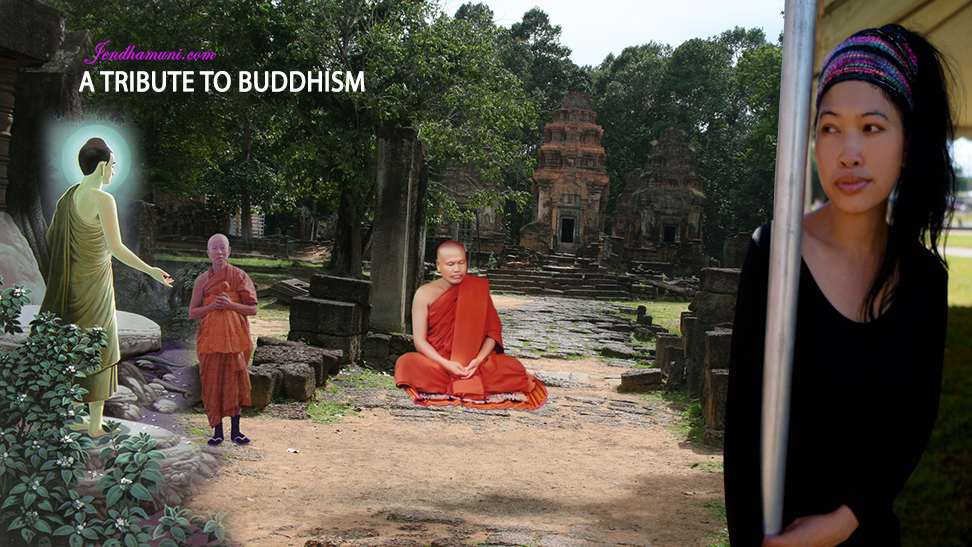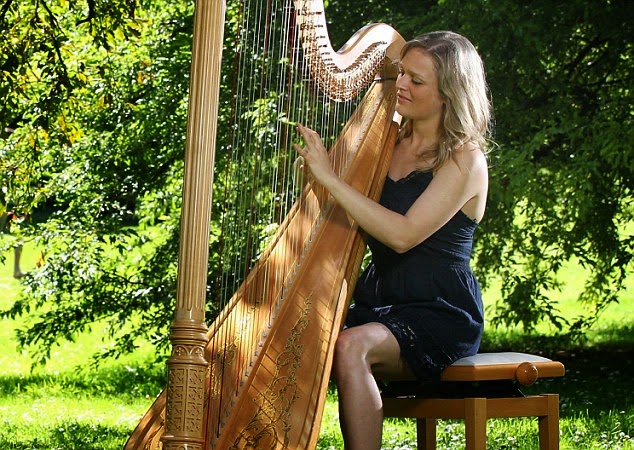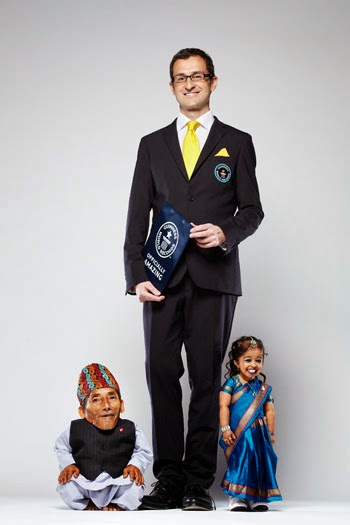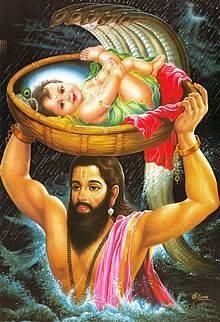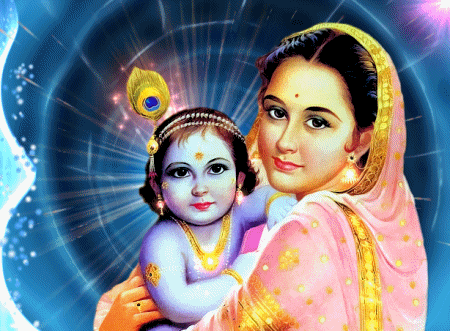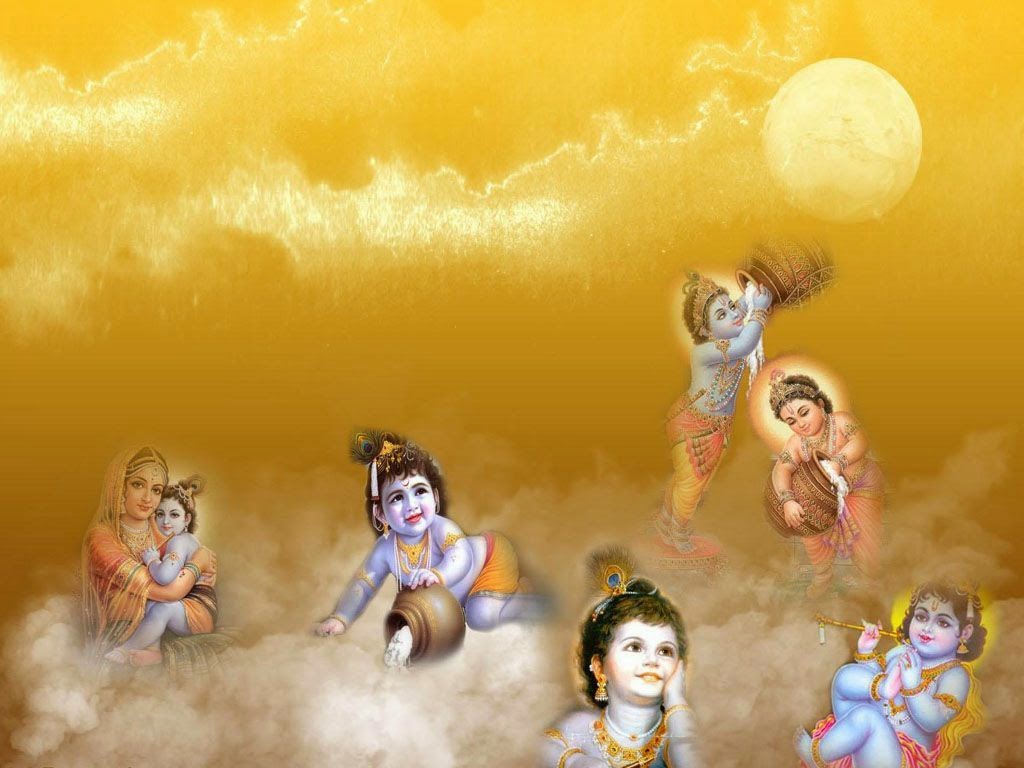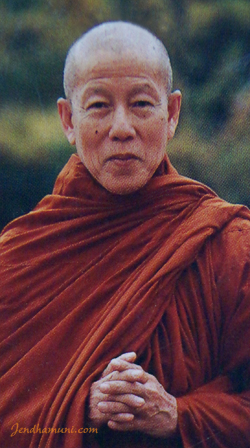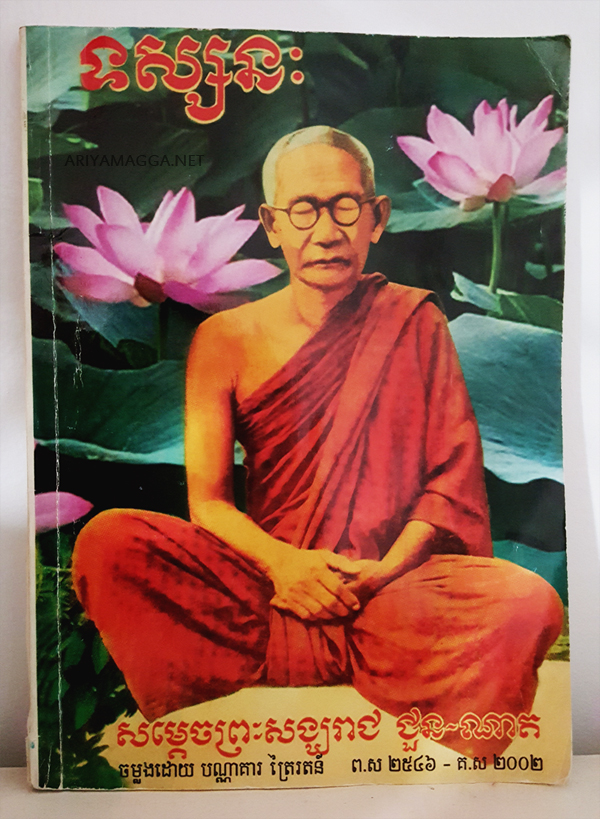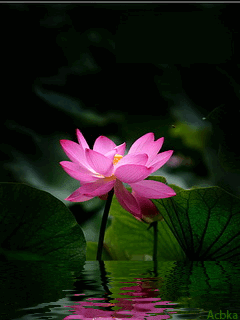
Caption: These extraordinary accounts of Islamic State’s prisoner-of-war camps,
gathered by IAN BIRRELL in Irbil and Dohuk, reveal for the first time
the appalling reality of life for captives held in Iraq. They include
the story of 17-year-old Nisreen, who was one of 96 Yazidi girls
kidnapped when their towns and villages fell to the fanatics. Another
captive, Hayam (right) was eight months pregnant when she was kidnapped
along with her husband’s brother and four younger sisters. Pictured:
Children who had to flee their homes seek solace in sleep in a refugee
camp in Irbil (bottom left), while a mother looks after her children at
another camp (top left).
Please, let American jets bomb my prison… death is better than to be forced off with a strange man: 8 months pregnant, captured by Islamic thugs waging ‘Sexual Holy War’ – one woman issues a heartrending plea
By IAN BIRRELL IN DOHUK, Mail Online, August 16, 2014
The call came in the early hours, the voice muffled, furtive and shaking with fear. ‘If they see me talking to someone they will kill me for sure, maybe kill all of us.’
This was Nisreen, a 17-year-old seized by the vicious Islamic State forces who have swept through Iraq and Syria spreading fear and panic.
She told how she was one of 96 Yazidi girls kidnapped when their towns and villages fell to the fanatics.
Now these teenagers wait in terror to be sold into slavery or forced into marriage with militant Islamists.
‘I know this exact number because I hear them talking,’ said Nisreen. ‘We are sure they have sold us. We do not fear for our lives but for our dignity as women.’
It was a brave phone call from a desperate woman.
The world has heard the hideous stories of refugees fleeing the jihadists but here, for the first time, was a voice from the other side: from a kidnap victim trapped in IS’s newly-won territory.
The husband of another teenage woman, heavily pregnant, held captive by the IS told me how she would rather the US bombed her prison – with her inside – than be handed out like a piece of property to an extremist fighter.
She said: ‘Let those jets come to bomb us and save us from this situation by killing all of us.’ She added death would be a better fate than to ‘be forced off with a strange man.’
These two extraordinary accounts, together with information gathered from numerous first-hand sources in and around Irbil and Dohuk in the past week, reveal for the first time the appalling reality of life for captives held in IS-held Iraq.
Horrifically, we can reveal:
- A doctor conducts virginity tests to ensure women are ‘pure’ enough for the jihadists.
- lS leaders have sanctioned ‘Jihad al Niqah’, an extreme form of sexual holy war that permits fighters to take any women they want.
- Seized women are being handed as gifts to IS fighters, starved into submission and sold off as slaves, while children are stolen to be raised as Muslims and scores of men face conversion or death.
- lS guards warning captives they will get four chances to convert. Twice they will be asked politely; the third time they will be whipped with a leather strap; if they still refuse at the fourth time of asking, they face death.
- An official with IS’s religious guards confirmed the atrocities.
The detailed evidence comes from captive women talking from their prisons, dozens of desperate families, a leaked United Nations report and activists collating information amid the chaos of Iraqi Kurdistan with 200,000 refugees driven from their homes by militants.
There are also sources I cannot reveal for fear of endangering courageous informants.
Their stories are shocking and strikingly similar, whether from the hostage themselves, husbands talking to captured wives, fathers whose daughters and sons are behind bars, even escaped children who witnessed parents marched off by IS forces under black flags.
In an exclusive interview offering disturbing insight into their cruel zealotry and callous practices, IS prison official Abu Obaida detailed the stark options confronting seized women and girls.
He confirmed forcing children into militant Islam and explained why Christians can pay to flee their clutches, but not Yazidis. He even invited me to go and live under the medieval Caliphate declared by IS.
Thousands were seized when Sinjar, an historic centre for the Yazidi sect, fell a fortnight ago.
Many more fled into nearby mountains, terrified by stories of IS savagery such as beheading and crucifying their enemies, and are now refugees in Iraqi Kurdistan.
The hostages – two thirds of whom are women, according to Yazidi activists – are held in prisons, schools, sports centres, mosques, hospitals and even private homes in areas under IS control.
Nisreen was taken from her home village to Mosul, Iraq’s second city which fell in June, then into Syria for a week. She was bought back by bus to an Iraqi prison for three days, then moved to a location I promised not to reveal from where she made that courageous call.
She is just one among many. As I toured building sites, schools, roadsides and camps crammed with Yazidi refugees last week, I heard story after heartbreaking story.
Faysal Sherif, 27, was finishing his masters degree in microbiology at a Turkish university when the Islamists drove forward. His 24-year-old wife and infant son were seized along with 39 other members of her family and all their possessions.
The men were tied up in the centre of their village, then not heard from again, while the women and children were taken to Telafar prison for 12 days then moved to a nearby school.
His wife, having hidden her mobile phone, calls her distraught husband daily. ‘When we talk they are crying and wailing,’ said Faysal. ‘They told the women either you convert to Islam or you die of starvation. Many children are dying of dehydration.’
‘They get just one piece of bread a day. The children get one can of milk between ten each day. My son has had diarrhea for ten days now –he will surely die soon.
‘We need help from the UK, the US, the United Nations. Anyone. Every minute, every hour is costing lives.’
Salem, a 19-year-old handyman, fled into the Sinjar mountains after fighting for four hours against the Islamist militia until their bullets ran out.
His wife Hayam was captured, although eight months pregnant, along with his brother and four younger sisters. He had left Hayam with spare batteries for her mobile phone. She called him several times from a centre crammed with kidnapped women and children, saying they are being ‘tortured’ with starvation and too little drink in the searing heat.
The women have been told they will stay in the school until they convert. Salem added: ‘Some children are still there, some have been taken away.
They were told the children are being taken away to teach them the laws of Islam. Some are in Syria, some are in Mosul.’
As he told his tragic story, this young man’s distress was palpable; he broke down at one point in tears. His parents are also both missing.
He has contacted Kurdish politicians and Yazidi activists to persuade the US to destroy the school holding his wife. ‘They say death is better than to be forced off with a strange man for the rest of your life.’
All those I spoke to were adamant that conversion was not an option. One authoritative source revealed how a teenage captive killed herself when ordered to wash and change clothes for the first time after 12 days in prison, fearing she was being married off.
‘Every day we do not liberate these girls and women means we lose some more to IS,’ said Narin Shammo, a Yazidi journalist, who has been using social media to try to establish the number of captives. In one day alone, she received 657 possible new cases.
From the start of its rise during the Syrian civil war, IS – formerly called the Islamic State of Iraq and Syria – has used the most inhumane tactics, combined with kidnapping and hostage-taking to raise funds.
One Iraqi soldier told me he was part of a group captured in June. Ten Shia Muslim and 5 Yazidi troops were instantly murdered by the militants. More than 20 survivors were taken to Syria, then each of their families was told to pay $50,000 to save their lives.
All eventually paid up except for one soldier from a very poor family who negotiated a cut-price deal. This single action alone raised more than $1million.
The Iraqis, blindfolded while in prison, said they were warned to tell the truth during interrogations ‘because the chief is an American who has graduated from college’. It is estimated up to one-third of IS forces are foreigners.Such activities have increased since the recent collapse of large chunks of Iraq into the Caliphate.
Christians are given a choice of conversion or payment of an annual tithe if they wish to stay in their homes but most fled in fear.
The Yazidi, a Kurdish sect falsely seen as devil-worshippers by the extremists due to their ancient beliefs, are treated far more harshly with a choice only of conversion or death.
Shivan, a Yazidi soldier in the Iraqi army, claimed IS took 700 people from his three local towns alone. ‘They started taking the girls and women, killing many of the men whose bodies were left lying on the streets.
They said they were taking the women to Talafar prison, to Badash prison, to Mosul.’
Like others, he alleged some local Arabs sided with IS and turned on former friends and neighbours.
A ten-year-old boy called Daud told of seeing his parents seized. He said men with military clothing and black flags fluttering from four-wheel vehicles stopped his family fleeing.
‘We were taken back to the village and they started to line us up against a wall,’ the child said. ‘They stood us there, then left with lots of people. They took my mother and father.’
Such tales of misery pile up in places where Yazidi seek sanctuary. One man told of 42 missing relatives, another of 14 taken from his wife’s family, a third of 150 kidnapped from his village.
Lurid rumours are circulating of enforced cannibalism, of mass rape, of mothers made to set themselves on fire. And internal UN documents from their mission in Iraq quote reports that IS ‘elements’ killed ‘well over 500 Yazidi individuals’ in retaliation for the first US air strikes last week, according to a source there.
Alarmingly the UN also believes Kurdish Peshmerga forces are being ‘overwhelmed on numerous fronts’ by IS, which has more troops and better equipment.
The abuse and atrocities were confirmed quite happily by the IS official enforcing extreme Islamic rules in Telafar prison when we spoke on Thursday night.
Extraordinary interviews: Ian Birrell in Dohuk
Obaida, an Iraqi from Mosul, insisted his religious laws permitted the kidnap and sale of women. He said: ‘If they convert to Islam they can go back to their homes and we will protect their dignity and safety.
‘But if they resist or turn to atheism they will be like slaves and will be judged and traded according to our laws towards slaves.
‘Selling is according to sharia because they are slaves. But we have not sold anyone yet.’ Obaida claimed some Yazidi had converted, but could only get their wives back if they too agreed to become Muslims. ‘It is not possible in Islam to f*** atheist women.’
He said the captured children were ‘safe’, although added chillingly they would be brought up under their ‘essentials’ of Islam. ‘Then we will release them and provide for them for a proper life.’
This polite bigot said the Yazidi were singled out for special treatment because unlike Jews and Christians, ‘they are not people of the book’.
He said IS would fight until they all converted to Islam as part of their mission to drive non-Muslims from their Caliphate.The only question he refused to answer was over IS foreign fighters. ‘I cannot talk about this subject,’ he said.
Asked about extending their struggle to Western countries, Obaida said this would be decided by the ‘minister of war’ appointed by their leader Abu Bakr al-Baghdadi – a man reportedly radicalised during detention after the US-led invasion of 2003.
‘We will fight the USA because they are using Arab rulers to fight us,’ Obaida added. ‘But we do not want massacres, we do not want fighting. We just want all these people to convert to Islam so their dignity, money and safety is with us.’
Such fine talk. Yet words such as dignity and safety could not be further removed from the latest hell that his fanatical forces have unleashed on Iraq, especially for those frightened women such as Nisreen cowering in their cells as they await sale like cattle in a market.
Link source


